First person: The August 4 Burlington storm
0 September 10, 2014 at 2:50 pm by Glenn McGillivrayIt was raining in Oakville, but it was nothing worth writing home about, just a normal run-of-the-mill summer storm. But as soon as I crossed the boundary into Burlington, that changed.
I was quite amazed at the experience: after a torrential, typhoon-like downpour, the rain would stop just long enough to allow me to open the car windows and get some fresh air, then another wave would come, then another, and another. It’s called a ‘training’ storm, because the cells came on like a train, one after another after another.
While Environment Canada didn’t have any rain gauges right in the hardest hit area of the city, it is understood that a volunteer/unofficial gauge recorded 191 mm of rain. Official EC radar estimates were between 100 and 150 mm, but radar often underestimates actual amounts.
The radar indicates the rain came in two main shots, with the first coming at between about 2:00 and 3:30 pm and the second between roughly 5:00 and 8:00 pm, which likely dumped the majority of the rain amounts eventually recorded. At the end of it, parts of Burlington received about two months of rain in just one day, while Hamilton and Oakville were virtually untouched.
Travelling west on Lakeshore Road, I first hit a large puddle. Then, just a few blocks later, the roadway was completely flooded. I instantly told myself ‘Do what you tell others to do and turn around’, so I did. A car can float in just 30 cm of water, and the risk is not worth it. In the time it took to pull into a parking lot and position myself to take a quick cellphone picture, a first car became stranded in the rapidly rising water.
Serious flooding beginning on Lakeshore Road in Burlington, ON, between Burloak and Appleby. Avoid the area! pic.twitter.com/j8ZwI8GrT0
— Glenn McGillivray (@ICLRCanada) August 4, 2014
In all my years of working on and writing about natural hazards, this was really the first that I experienced first-hand.
The next day I drove through the city, but there was little evidence of basement flooding, save for a smattering of disaster restoration and furnace repair vehicles. A few bins had been dropped and some homes had piles of sodden carpet and the like on the curb. But, overall, evidence of widespread damage was not immediately evident—it was probably too soon.
One street, however, shocked me. In the middle of a seemingly untouched neighbourhood just south of New Street in the south-central part of the city, I came across Regal Road. On a small street leading to Regal, there were hints of muck on the roadway. However, when I turned the corner onto Regal, the road was covered from curb to curb in an inch of bright red clay. It was up driveways and into garages. Residents of the street also clearly had to deal with basement flooding. The mess was dramatic.
At writing, 2,313 homes were reported to have flood damage, according to the city. The total may be closer to double that as our research shows that more people call their insurer to report basement flooding than call their city.
Preliminary insured losses for the August 4 Ontario storm, as compiled by PCS Canada and reported by Insurance Bureau of Canada September 2 came in at “more than $90 million” with the lion’s share from Burlington.
Note: By submitting your comments you acknowledge that insBlogs has the right to reproduce, broadcast and publicize those comments or any part thereof in any manner whatsoever. Please note that due to the volume of e-mails we receive, not all comments will be published and those that are published will not be edited. However, all will be carefully read, considered and appreciated.

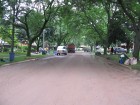
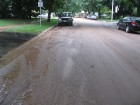
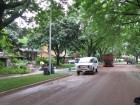
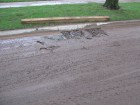
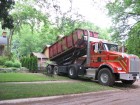
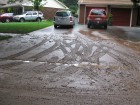
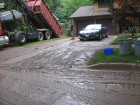
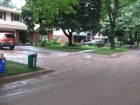
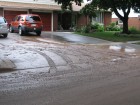
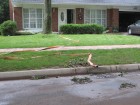
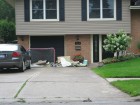
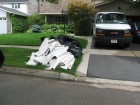
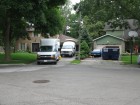
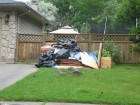
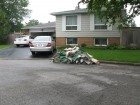
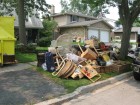
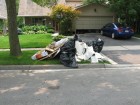
Leave a Reply